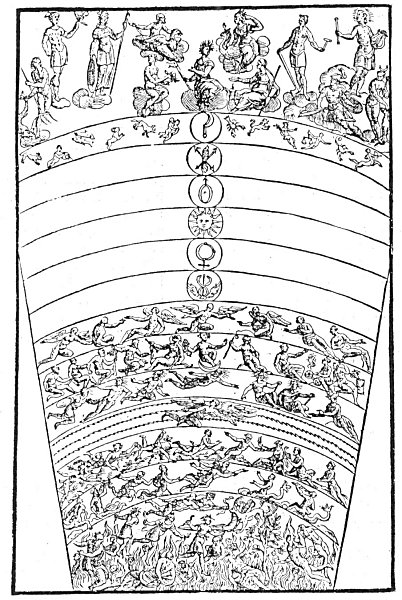It is related that among the tombs near Memphis and in the Brahmin temples of India lights have been found in sealed chambers and vessels, but sudden exposure to the air has extinguished them and caused their fuel to evaporate.
It is now believed that the wicks of these perpetual lamps were made of braided or woven asbestos, called by the alchemists salamander’s wool, and that the fuel was one of the products of alchemical research. Kircher attempted to extract oil from asbestos, being convinced that as the substance itself was indestructible by fire an oil extracted from it would supply the lamp with a fuel likewise indestructible. After spending two years in fruitless experimental work, he concluded that the task was impossible of accomplishment.
Several formulæ for the making of the fuel for the lamps have been preserved. In Isis Unveiled, H. P. Blavatsky reprints two of these formulæ from early authors–Tritenheim and Bartolomeo Korndorf. One will suffice to give a general understanding of the process:
“Sulphur. Alum ust. a ℥ iv.; sublime them into flowers to ℥ ij., of which add of crystalline Venetian borax (powdered) ℥ j.; upon these affuse high rectified spirit of wine and digest it, then abstract it and pour on fresh; repeat this so often till the sulphur melts like wax without any smoke, upon a hot plate of brass: this is for the pabulum, but the wick is to be prepared after this manner: gather the threads or thrums of the Lapis asbestos, to the thickness of your middle and the length of your little finger, then put them into a Venetian glass, and covering them over with the aforesaid depurated sulphur or aliment set the glass in sand for the space of twenty-four hours, so hot that the sulphur may bubble all the while. The wick being thus besmeared and anointed, is to be put into a glass like a scallop-shell, in such manner that some part of it may lie above the mass of prepared sulphur; then setting this glass upon hot sand, you must melt the sulphur, so that it may lay hold of the wick, and when it is lighted, it will burn with a perpetual flame and you may set this lamp in any place where you please.”
THE GREEK ORACLES
The worship of Apollo included the establishment and maintenance of places of prophecy by means of which the gods could communicate with mankind and reveal futurity to such as deserved the boon. The early history of Greece abounds with accounts of talking trees, rivers, statues, and caves in which nymphs, dryads, or dæmons had taken up their abodes and from which they delivered oracles. While Christian authors have tried to prove that oracular revelations were delivered by the Devil for the purpose of misleading humanity, they have not dared to attack the theory of oracles, because of the repeated reference to it in their own sacred writings. If the onyx stones on the shoulders of Israel’s high priest made known by their flashings the will of Jehovah, then a black dove, temporarily endowed with the faculty of speech, could indeed pronounce oracles in the temple of Jupiter Ammon. If the witch of Endor could invoke the shade of Samuel, who in turn gave prophecies to Saul, could not a priestess of Apollo call up the specter of her liege to foretell the destiny of Greece?
The most famous oracles of antiquity were those of Delphi, Dodona, Trophonius, and Latona, of which the talking oak trees of Dodona were the oldest. Though it is impossible to trace back to the genesis of the theory of oracular prophecy, it is known that many of the caves and fissures set aside by the Greeks as oracles were sacred long before the rise of Greek culture.
The oracle of Apollo at Delphi remains one of the unsolved mysteries of the ancients. Alexander Wilder derives the name Delphi from delphos, the womb. This name was chosen by the Greeks be cause of the shape of the cavern and the vent leading into the depths of the earth. The original name of the oracle was Pytho, so called because its chambers had been the abode of the great serpent Python, a fearsome creature that had crept out of the slime left by the receding flood that had destroyed all human beings except Deucalion and Pyrrha. Apollo, climbing the side of Mount Parnassus, slew the serpent after a prolonged combat, and threw the body down the fissure of the oracle. From that time the Sun God, surnamed the Pythian Apollo, gave oracles from the vent. With Dionysos he shared the honor of being the patron god of Delphi.

Moe is the founder of GnosticWarrior.com. He is a father, husband, author, martial arts black belt, and an expert in Gnosticism, the occult, and esotericism.






